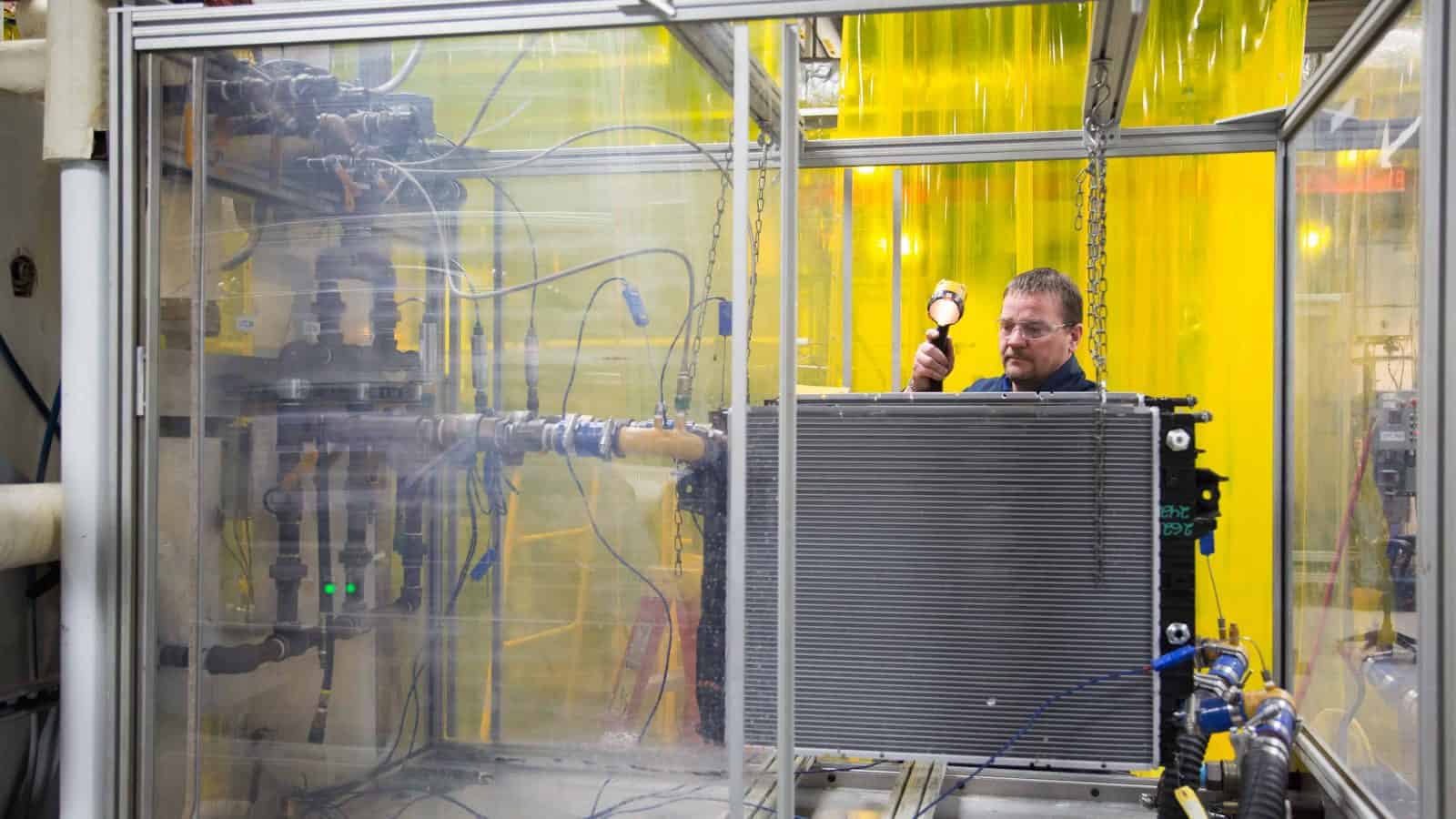Ship with Legs Will Be World’s Biggest Wind Farm

A planned offshore wind farm whose developers are billing it as the largest in the world has produced electricity for the first time, according to CNBC.
What’s going on: “Located in the North Sea, over 130 kilometers off England’s northeast coast, the Dogger Bank Wind Farm still has some way to go before it’s fully operational, but the installation and powering up of its first turbine is a major feat in itself. That’s because GE Vernova’s Haliade-X turbines stand 260 meters tall—that’s higher than San Francisco’s Golden Gate Bridge—and have blades measuring 107 meters.”
- Once the installation is complete, the ship will have 277 Haliade-X turbines.
Why it’s a game-changer: “Described by Dogger Bank as the ‘largest offshore jack-up installation vessel ever built,’ in many ways, it’s the pinnacle of an extensive supply chain involving numerous businesses and stakeholders.”
- Thanks to four legs that allow the vessel to lift itself above the water’s surface, the wind farm will be able to operate in depths of up to 80 meters—some 30 meters deeper than fixed-foundation wind farms.
Power producer: Once fully up and running, project developers say the Dogger Bank Wind Farm will have a capacity of 3.6 gigawatts, enough “to power as many as 6 million homes per year.”
- For the sake of comparison, the U.K.’s fully operational Hornsea 2—considered a major wind farm—has a capacity of just over 1.3 GW, according to another CNBC piece.
A complex project: The totality of the undertaking is “huge,” according to one source, and being made more complex “by the use of next-generation turbines and a next-generation installation vessel.”
- Given the immense size of the Haliade-X turbines, “we use a number of specially designed pieces of equipment to transport” them, a GE Offshore Wind spokesperson said.
The NAM’s view: “Offshore wind can be an important part of an all-of-the-above energy strategy that helps meet energy security and decarbonization goals,” said NAM Vice President of Domestic Policy Brandon Farris. “Manufacturers keep leading the way with investments in the next generation of energy technologies—and the NAM will continue to advocate energy policies that provide manufacturers affordable, reliable energy.”
